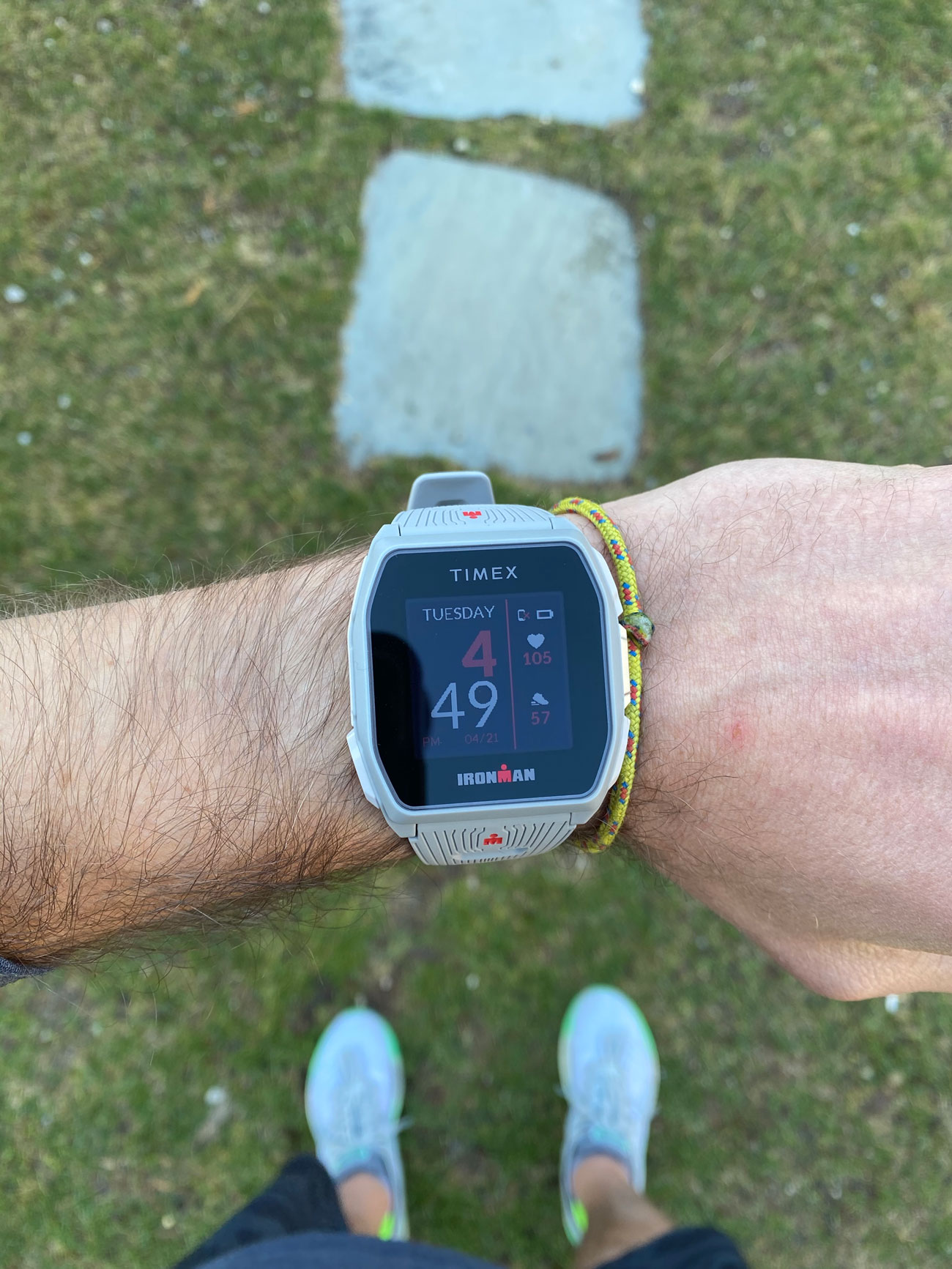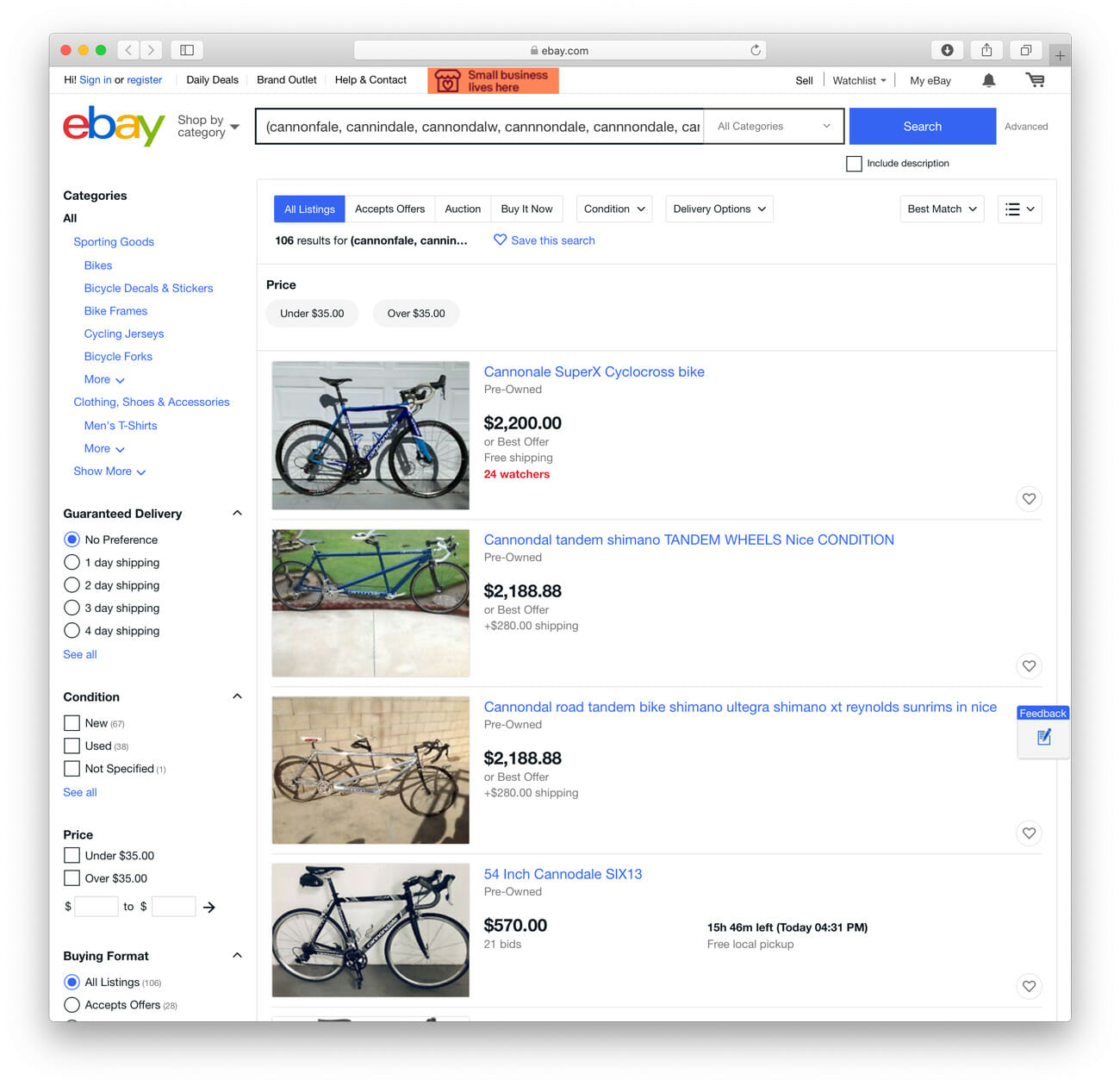A GPS-equipped watch that can track your mileage, heart rate and pace is an essential for anyone looking to become a runner instead of a jogger. They’re typically pricey gadgets, but Timex recently revealed a new addition to its famed Ironman series, the R300, that’ll cost you less than your shoes. Here are our impressions after several hours testing it, spooled out at a jaunty pace.
What We Like
Fast, Accurate GPS Connectivity
In multiple head-to-head comparisons against fitness watches from other brands, the R300 was able to connect to GPS services as quickly and with no issues.
Long Battery Life
Timex promises that the R300 has enough juice to last for 25 days in “Smart” mode, and 20 using GPS. When I left my home in New York to live in Vermont for a few months, one of the things I forgot was the charger for my R300. I’ve been here for five weeks, and, although I haven’t been logging as many runs on it, my watch is still ticking.

Simple, Accurate Metrics
In run summaries, the Timex R300 sticks to the essential metrics: where you went, time, distance, pace, speed, laps, cadence, calories, heart rate (max and average), ascent, descent and total steps. With the R300 strapped onto one wrist and other watches I trust on the other, I compared post-run data and found any discrepancies to be negligible (these watches do some things better than others; I never pay attention to calories).
It Has a Touchscreen
A touchscreen is by no means necessary for keeping track of runs, but it makes for a nice user experience that’ll have your running buddies thinking you paid a lot more for this watch than you did. The R300 has other smartwatch-lite features, like text notifications and music control via Bluetooth, but these aren’t sophisticated enough to be a real selling point. If you want the best of those capabilities, you’ll need to spend more.
Price Is Unbeatable
We would’ve put price as number one reason to like the Ironman R300, but it’s important to know what you’re getting before you dig into the numbers. Now that you do, I’ll say it: $120 is a hell of a deal for a watch with these capabilities. Competing models from other brands cost double (and often more). At $100, Timex’s older Ironman GPS used to be our bang-for-buck pick for fitness watches. That extra $20 gets you so much more, and you’ll need to spend another $100 or more to make a similar leap in quality and functionality.
Understated Feature: Distance Correction
If you take off before any satellites find you and wind up with inaccurate mileage, you can adjust your total distance at the end of the run. This brings pace and other stats into line for reference later. (Not to be used for cheating against your friends on fitness leaderboards.)

Watch Out For
Dim Display
If you’ve shopped around, you’ll know that many fitness trackers come with bright, colorful displays. The R300 uses an LCD that’s not always easy to read, especially from a quick mid-run glance.
Watch Faces Are Ugly
You have three pre-programmed options to choose from in selecting the R300’s face. None of them are great.
When It’s Wrong, It’s Wrong
Some watches can give you a reasonable rough estimate of an activity’s stats without the help of GPS. The R300 was sometimes off by whole miles. The watch aims to fix this through calibration with the distance adjustment feature, and should become more accurate with more use. Still, you’ll want to wait for a GPS connection before taking off.
Is It For Me?
Are you getting to the point in running where the data provided by a watch will help your training? Are looks not as important as features like GPS and heart rate monitoring? Is your budget less than $300? If you answered yes to any of these questions, the R300 might be for you. If you answered yes to all of them, this is your running watch.
Verdict
Timex’s Ironman R300 is as much as you can ask for out of $120. Better fitness watches exist, but better affordable fitness watches do not.




